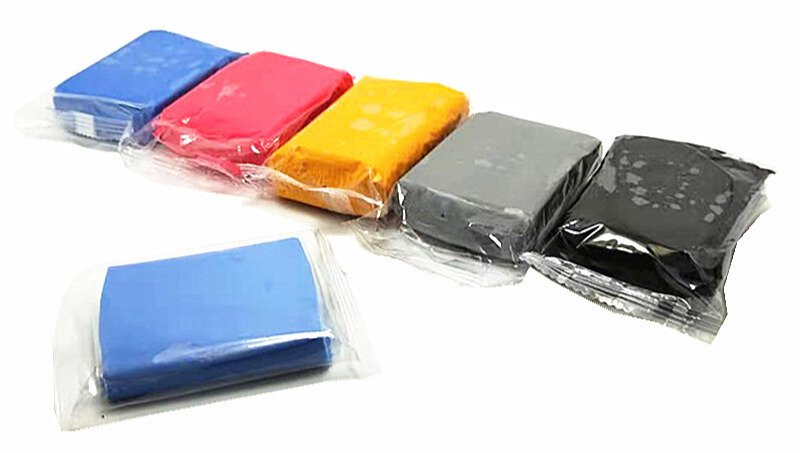Clay Bar in Car Detailing: Principles, Advantages, Disadvantages, and Proper Usage
Clay Bar is a commonly used cleaning tool in car detailing, specifically designed to remove stubborn contaminants from the vehicle’s paint surface. It is widely used in both professional and everyday car care, helping restore the smoothness and shine of the paint.
How Clay Bar Works
The Clay Bar uses physical friction to lift or absorb tiny contaminants (such as iron particles, industrial dust, tree sap, tar, etc.) from the vehicle’s paint surface. These contaminants often cannot be removed through regular washing and remain on the paint. By using the clay bar in combination with a lubricant, the cleaning process is smooth and does not damage the paint.
Advantages of the Clay Bar
1. Deep Cleaning: The Clay Bar effectively removes contaminants that regular washing cannot, leaving the paint surface much cleaner and smoother.
2. Enhances Subsequent Care: After using the Clay Bar, the smooth paint surface allows waxes, polishes, or coatings to adhere better, improving the effectiveness and longevity of subsequent treatments.
3. Improves Paint Surface Texture: Removing contaminants leaves the paint feeling noticeably smoother to the touch, improving the overall texture and finish.
Disadvantages of the Clay Bar
1. Time-Consuming: Compared to regular washing, using a Clay Bar can take much longer, especially when cleaning large surface areas.
2. High Dependence on Lubricant: A large amount of lubricant is required to ensure smooth operation and prevent the clay from scratching the paint.
3. No Protective Function: While the Clay Bar cleans the paint, it does not provide any protection, so waxing or coating is still necessary afterward.
4. Potential for Damage if Used Incorrectly: Improper use or insufficient lubrication can lead to fine scratches on the paint.
Proper Use of the Clay Bar
1. Wash the Vehicle: Before using the Clay Bar, thoroughly wash the vehicle to remove surface dirt and prevent these particles from scratching the paint during the clay process.
2. Prepare the Tools: Soften the Clay Bar by flattening it in your palm and prepare a lubricant (such as a dedicated clay bar lubricant or a mixture of water and car shampoo). The lubricant helps reduce friction and prevents damage to the paint.

